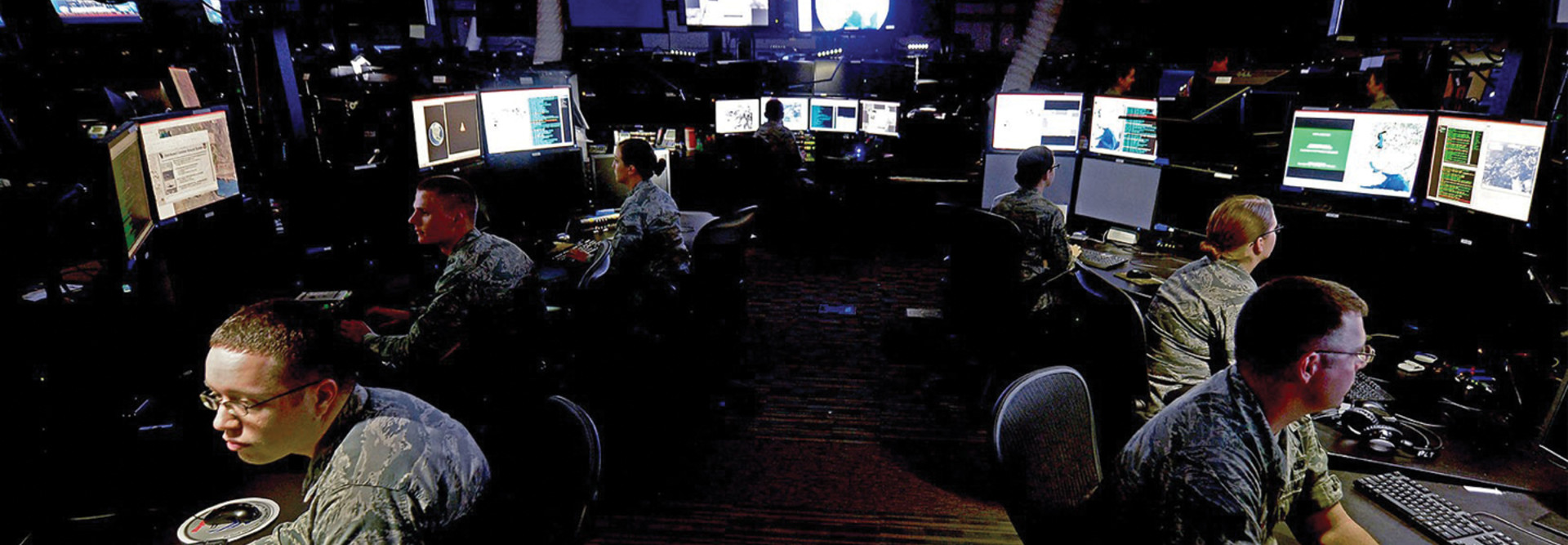How AI Can Be Integrated into GEOINT
The report, based on a survey of 150 federal, state and local, and higher education GEOINT stakeholders, found that 54 percent of federal respondents believe the workforce skills gap will be the biggest hurdle to adopting AI over the next decade.
“Addressing skills gaps and diverse backgrounds and experiences in preparation for a much more complex fourth wave will be not be an easy task, especially without appropriate funding and community support,” Camelia Kantor, vice president of academic affairs at USGIF, says in a statement. “With strong partnerships, such as the one with MeriTalk, we hope to be able to ride along all the future AI waves in our lives.”
More than 40 percent of organizations are currently benefiting from or implementing at least one AI program, according to the report. Of those, the initial applications they are focusing on include data mining, analysis, fusion and processing (7 percent); geographic information system and analysis (69 percent); and data visualization (67 percent).
The initial benefits of using AI include faster decision-making (71 percent), accelerated data analysis (64 percent), enhanced accuracy in image classification or object detection (49 percent) and having more time available for mission-critical tasks or innovation (49 percent).
More work needs to be done to improve users’ skills though. Among federal respondents, 50 percent say their workers need to acquire advanced statistics, analytics, or mathematical modeling skills over the next five to 10 years; 52 percent say that critical thinking skills need to be enhanced; 58 percent say the same about data mining or interpretation; and 42 percent think data visualization skills need to be improved.
READ MORE: Find out how NOAA is using AI to help protect endangered species.
Encouragingly, 73 percent of federal respondents say they are currently investing in AI skills development.
Among all survey respondents, the steps they say their organizations or institutions have taken to help prepare the GEOINT workforce for AI include increased training for current GEOINT workforce (41 percent), increased discussions of AI applications and expected impacts (41 percent), increased focus on diversity of background and experiences (34 percent), hiring external support/consultants to aid in AI assessment and implementation (31 percent), and increased hiring of AI-specific subject matter experts (31 percent).
“If you're not hip to AI, you’re DOA in GEOINT,” Steve O’Keeffe, the founder of MeriTalk, says in a statement. “We can choose to ride the new wave or get drowned by it. Good time to learn to swim.”











